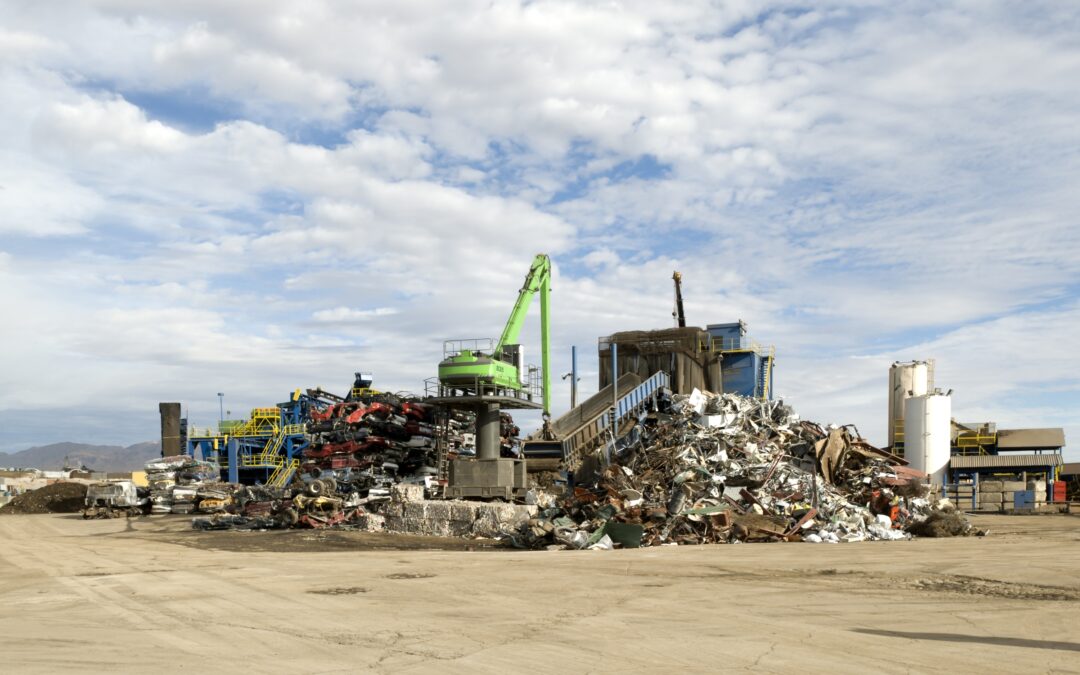Metal shredders are essential equipment in the recycling industry, used to shred and process scrap metal for recycling purposes. While these machines are vital in promoting sustainability and minimizing the environmental impact of metal waste, they emit volatile organic compounds during operation.
Discussion Points:
- What are VOCs?
- Sources of volatile organic compounds.
- Compliance with federal, state, and local air quality regulations.
- Recommended control measures.
Discussion:
Volatile Organic compounds (VOCs) are carbon-based substances that evaporate into the atmosphere and can harm human health and the environment. These emissions are produced during the combustion process in metal shredders and from the materials being shredded. Common VOCs released from metal shredders include benzene, ethylbenzene, toluene, and xylene.
Metal shredders that process automobiles and appliances emit VOCs. The shredding process generates heat, which contributes to the volatilization of liquids into gases. The primary source of VOCs in metal shredding is the vaporization of residual fluids and fuels that remain in the scrap metal, including gasoline, oil, antifreeze, brake fluid, and transmission fluid. Additional sources of VOCs include plastics, rubber, paint, sealants, and other non-metal materials that vaporize due to the heat generated during shredding.
Uncontrolled emissions of VOCs from metal shredders can vary significantly depending on the size of the shredder and the type of materials processed. The volume of VOCs emitted may trigger regulatory or permitting requirements. These emissions contribute to violations of the National Ambient Air Quality Standards (NAAQS) for ground-level ozone formation, which adversely affects air quality. Emissions are regulated under the Clean Air Act, and facilities that operate metal shredders must comply with federal, state, and local air quality regulations. Some states require facilities to obtain permits or install emission controls if VOC emissions exceed specific thresholds.
To minimize the emissions of VOCs from metal shredders, it’s essential to implement appropriate pollution control measures:
- Conduct regular maintenance and inspections of the shredder to help prevent leaks and malfunctions that could result in increased VOC emissions.
- Perform depollution, which involves removing and recovering hazardous fluids and other contaminants from the scrap materials before they enter the shredder.
- Utilize ventilation systems, such as fans and hoods, to capture and remove VOC emissions from the shredder operation area.
- Emission control devices, such as scrubbers or filters, can effectively remove VOC emissions before being released into the air.
- Install Regenerative Thermal Oxidizers (RTOs) to destroy the VOCs in the exhaust stream.
It is essential to be aware of the potential hazards associated with VOCs in metal shredding operations. Following established procedures and utilizing the recommended control measures can help ensure a safe work environment.
As always, stay safe out there!


Recent Comments